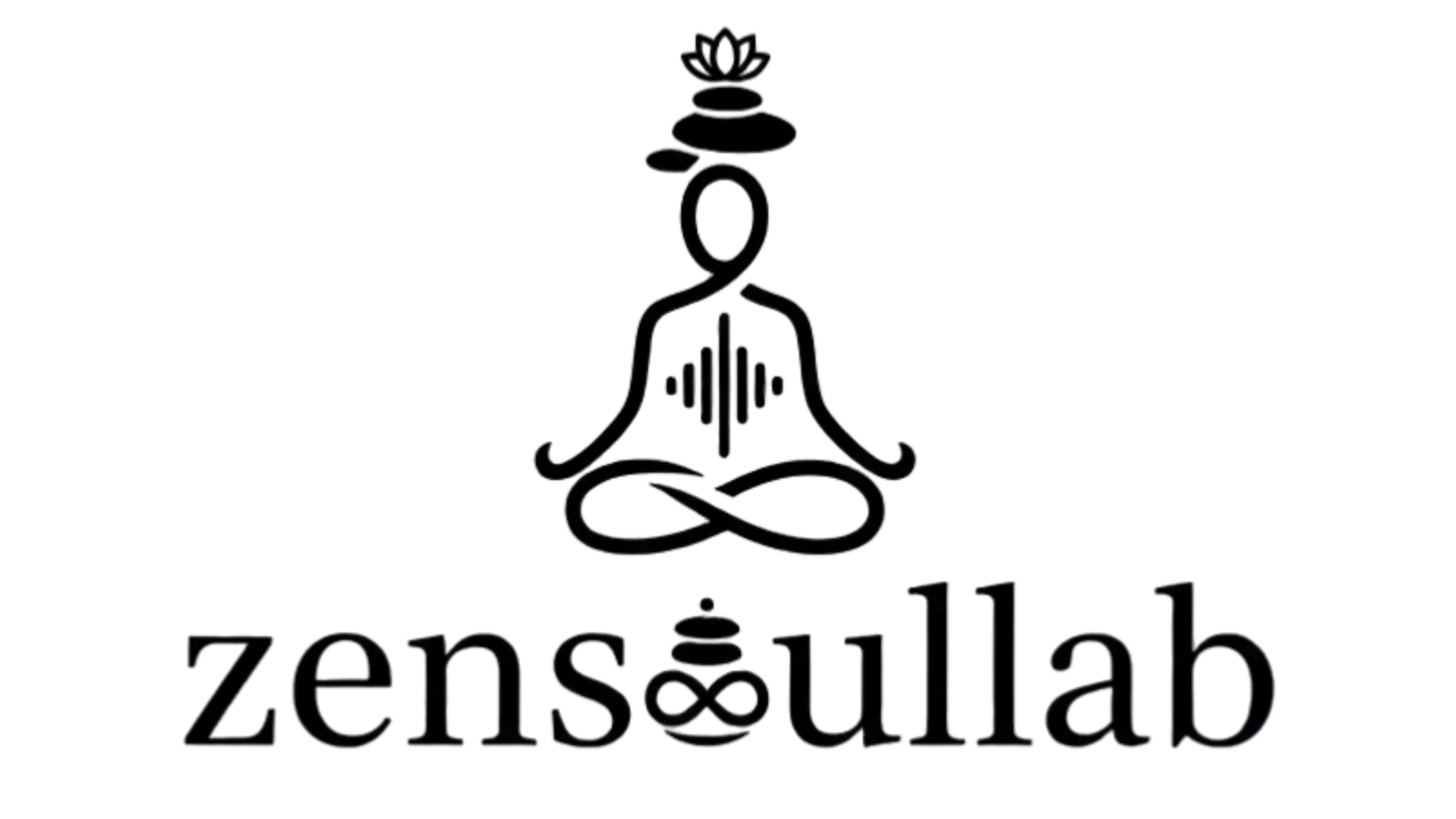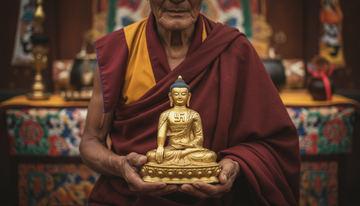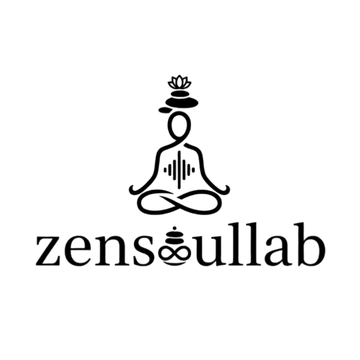As you explore Buddhist art and culture, there’s one symbol you'll encounter almost everywhere—on the chest or palm of a Buddha statue, over the entrances of temples, and adorning sacred objects. This symbol is the Swastika (卍).
Now, I know that for many people, especially in the West, seeing this symbol can be jarring. It has an unfortunate and deeply painful association with a dark chapter of 20th-century history.
It is for this very reason that it’s so important for us to sit down and have an honest conversation about it. At zensoullab, we believe that understanding the original, benevolent meaning a symbol has carried for thousands of years is a vital and healing act. Because in Buddhism, the Swastika represents infinite compassion and wisdom.
An Auspicious Symbol, Older Than Buddhism Itself
First, let's take a journey far back in time. The Swastika does not belong exclusively to Buddhism. In fact, it is an incredibly ancient symbol, appearing thousands of years ago in cultures across the globe, from ancient India and Persia to Greece and even among Native American tribes. In Sanskrit, its name, Swastika, translates to "well-being," "good fortune," and "auspiciousness."
It was a universal code, a shared emblem used by diverse civilizations to express their deepest wishes for a good and fortunate life.
The "Buddha's Heart Seal"
When this ancient symbol of good fortune was adopted into Buddhism, it was imbued with an even deeper and more sacred significance.
In the Buddhist scriptures, the Swastika is described as one of the 32 major marks of a fully enlightened Buddha. It appears on the Buddha's chest and is known as the "Heart Seal" (hrdaya-svastika). It is not a tattoo or a decoration, but a natural mark that manifests from the Buddha's perfect accumulation of virtues and merits.
So, what does it symbolize?
-
Eternity and Infinity: The rotating, dynamic arms of the Swastika represent the unending motion of the cosmos. It symbolizes that the Dharma (the Buddha's teachings) is, like a universal law, eternal and without beginning or end.
-
Auspiciousness and Perfection: It is said to contain all forms of good luck and merit. To see this symbol is to receive the most profound blessing from the universe.
-
The Manifestation of Compassion and Wisdom: Located on the Buddha's chest—the location of the heart—the Heart Seal symbolizes the Buddha's boundless compassion and wisdom radiating out in all directions to benefit all beings.
Left-Facing or Right-Facing?
You may have noticed that the symbol sometimes appears left-facing (卍, often called a sauwastika) and sometimes right-facing (卐, a swastika).
In Buddhist traditions, both are used, and both carry the same essential meaning of auspiciousness and perfection. The left-facing version (卍) is very common in East Asian Buddhism and is often said to represent the expansion of compassionate energy outward. The right-facing version (卐) is sometimes associated with the inward consolidation of wisdom. But fundamentally, there is no good-vs-evil or right-vs-wrong distinction between them.
Reclaiming, Not Retreating
Understanding the Swastika's thousands of years of sacred history in Buddhism allows us to see what a profound and tragic misunderstanding it is to confuse it with the 20th-century Nazi Hakenkreuz (hooked cross). The Nazi party co-opted and altered this symbol (tilting it 45 degrees) and forever linked it to violence, hatred, and suffering—a complete perversion of the Swastika's original meaning of "well-being."
At zensoullab, we encourage a spirit of reclamation, not retreat.
The next time you see the Swastika on the chest of a Buddha, our hope is that you no longer see a scar of history, but that you can read its true language—an ancient seal of eternity, perfection, and the universe's most profound blessing.
Explore zensoullab's Buddhist artwork and discover more symbols of wisdom in the details.













